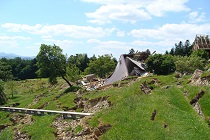 An international event took place in Florence on November 14-18, 2023 - 6. World Landslide Forum, in which employees of the Polish Geological Institute - PIB participated in greater numbers than in previous editions.
An international event took place in Florence on November 14-18, 2023 - 6. World Landslide Forum, in which employees of the Polish Geological Institute - PIB participated in greater numbers than in previous editions.
The World Landslide Forum is organised every three years by the International Consortium of Landslides (ICL), and this year's edition was hosted by the UNESCO Chair on Prevention and Sustainable Management of Geo-Hydrological Hazards from the University of Florence.
The forum takes place within the framework of the International Programme on Landslides (IPL) and is supported by UN commissions and organisations: UNESCO, WMO, FAO, UNDRR, UNU and international scientific organisations: ISC, WFEO, IUGS and IUGG. This regular event is attended by scientists, engineers and decision-makers from all over the world, making it a great opportunity globally to share research results and progress in landslide risk reduction. This time, 1,100 participants from more than 60 countries were registered, submitting 640 papers and 210 posters.
The conference programme included six main topics divided into 47 scientific sessions. The largest group from Poland consisted of PGI-PIB employees representing the Geohazards Centre, the Engineering Geology Department, the Geological Cartography Department and the Marine Geology Branch. The Institute's delegation was exceptionally large, with representatives from the Geohazards Centre being the main member (10 people), presenting the team's advancement in landslide research. It is noteworthy that a significant part of the issues presented are the results of doctoral dissertations carried out or defended in recent years.
Presentations and posters by PGI-PIB staff covered a wide range of landslide problems from studies on the structural development of landslides, through their monitoring, remote sensing, photogrammetric and geophysical studies, to determining landslide susceptibility and risk.
The conference concluded with a very interesting and substantively valuable field session entitled Here be landslides: Florence from Romans up to now showing disasters and landslide and flood hazards within Florence in the context of the city's development and increased tourism.
Papers by PGI-PIB staff:
- Landslides on cataclinal slopes in anisotropic flysch rocks. Study from the Outer Carpathians (Poland) - Rafał Sikora
- Influence of undisturbed parts of slope and the orientation of bedding strata to landslide susceptibility assessment - Edyta Rycio
- Relationship between rainfall, water table change and landslide activity in the southern part of Poland - Bartłomiej Warmuz
- Regional rainfall thresholds of landslide activity in the Polish Carpathians based on meteorological and landslide data in the period 1996-2020 - Maria Przyłucka, Kamila Karkowska, Izabela Laskowicz
- Geostatistical methods and artificial neural networks for landslide hazard prediction - the example of Kraków city - Sylwester Kamieniarz
- Understanding the landslide dynamics with corner reflector SAR interferometry - Zbigniew Perski, Tomasz Wojciechowski, Maria Przyłucka
- Digital aerial photogrammetry and Time-Lapse Electrical Resistivity Tomography (TL-ERT) in landslide monitoring an example from Poland - Mirosław Kamiński
- Joint P-wave and S-wave seismic refraction tomography survey for landslide area investigations - Marcin Lasocki, Szymon Ostrowski
- The accuracy of the susceptibility mapping in man-developed areas - Anna Małka, Izabela Laskowicz, Dariusz Grabowski
Posters:
- Determination of landslide kinematics based on UAV photogrammetry with natural field details - Krzysztof Karwacki
- The Landslide Counteracting System as a tool for landslide risk reduction and support for public administration in Poland - Paweł Marciniec, Zbigniew Perski, Tomasz Wojciechowski
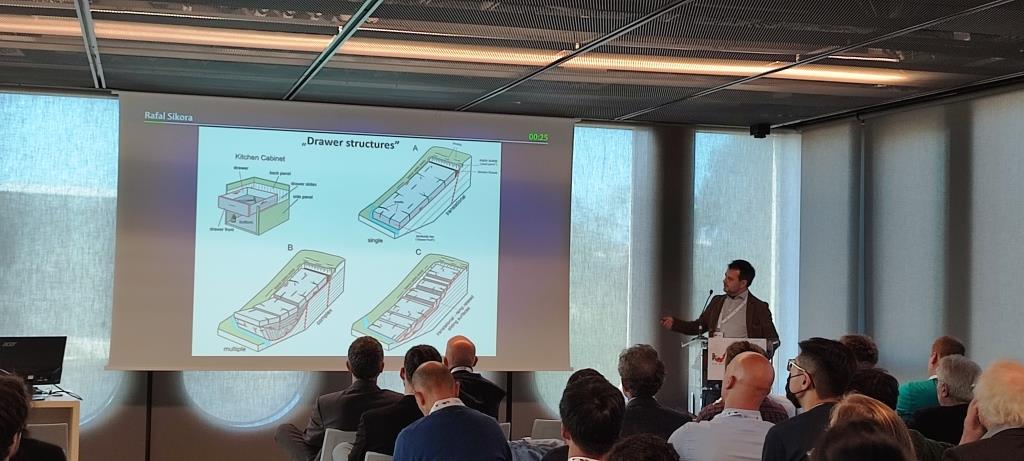
Rafał Sikora reporting on the development of landslides on cataclinal slopes in the Silesian Beskids
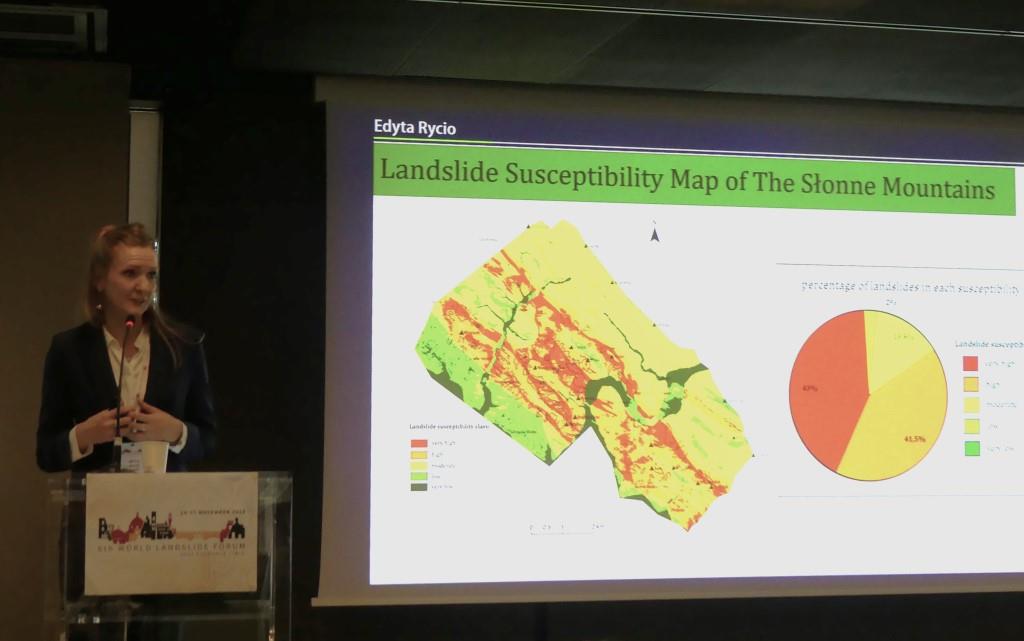
Edyta Rycio during presentation of landslide susceptibility of slopes in the Slony Mountains
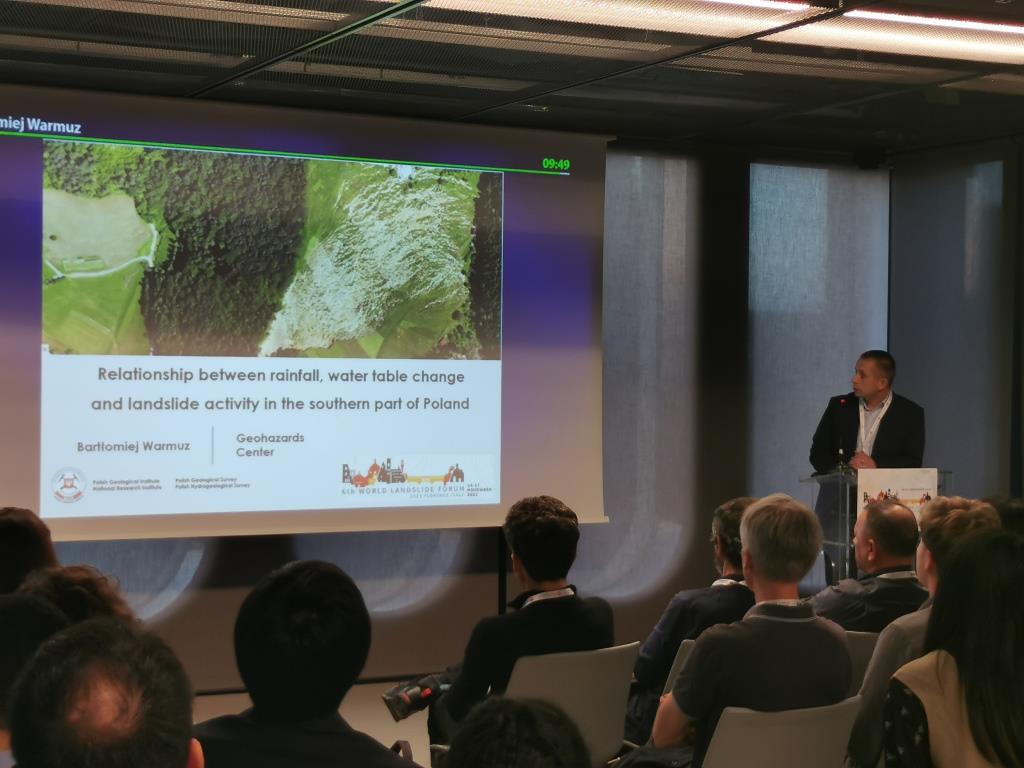
Bartłomiej Warmuz explaining the activity of selected landslides in the Flysch Carpathians based on their depth monitoring
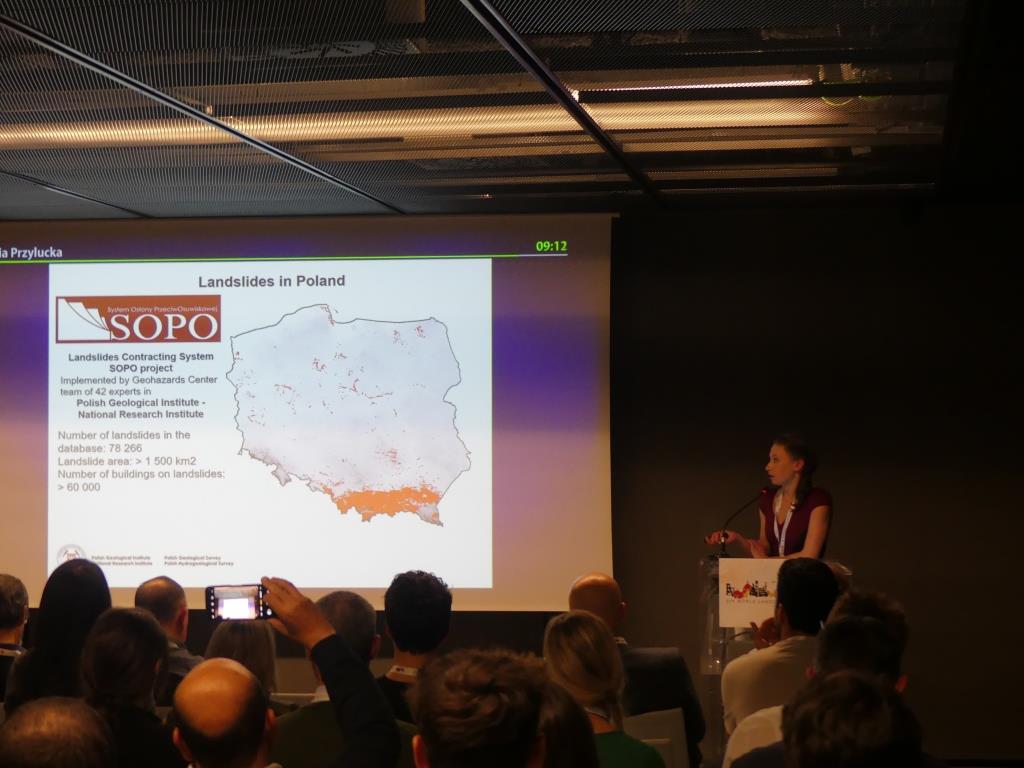
Maria Przyłucka explaining the influence of precipitation thresholds on landslide activation in the Outer Carpathians
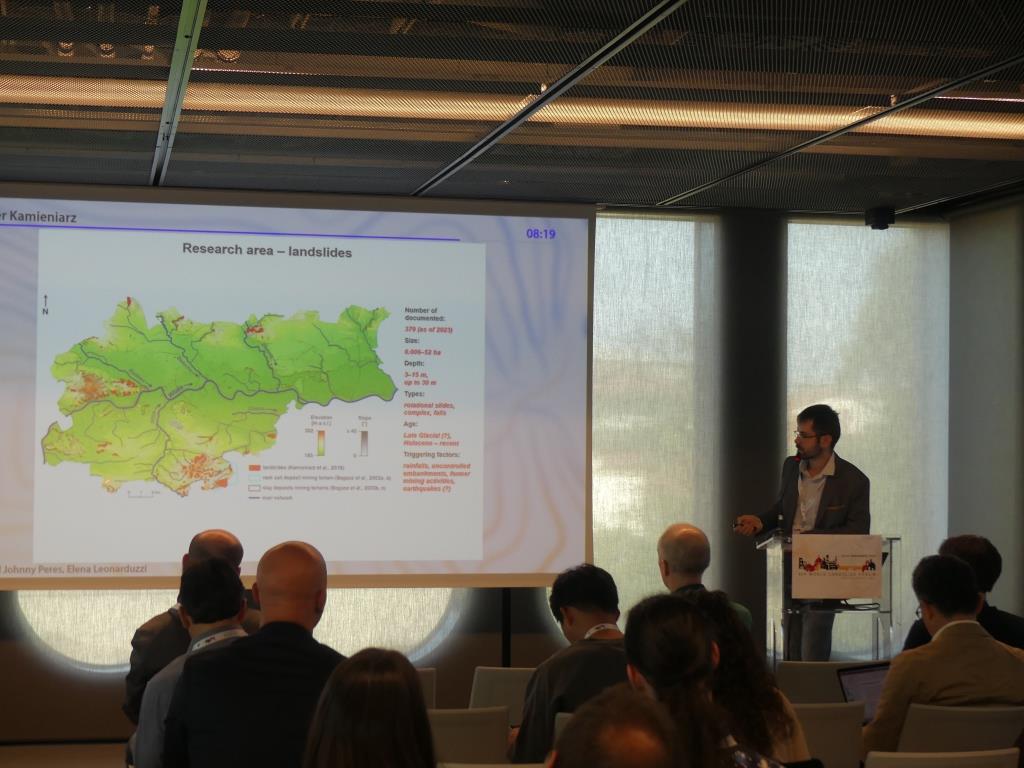
Sylwester Kamieniarz presented the results of landslide risk calculations in Kraków
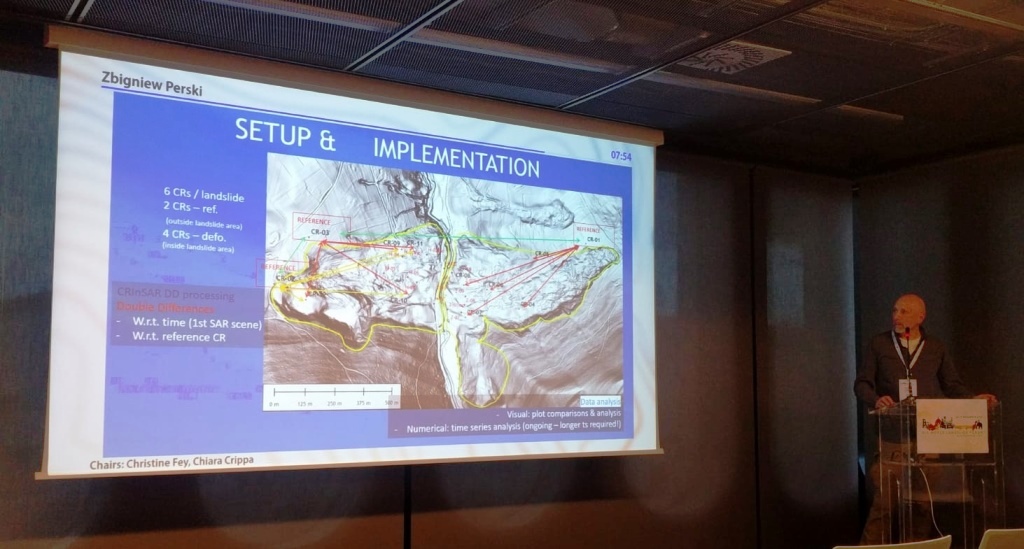
Zbigniew Perski during the presentation of the results of interferometric studies using reflectors - a proprietary method developed at PIG-PIB
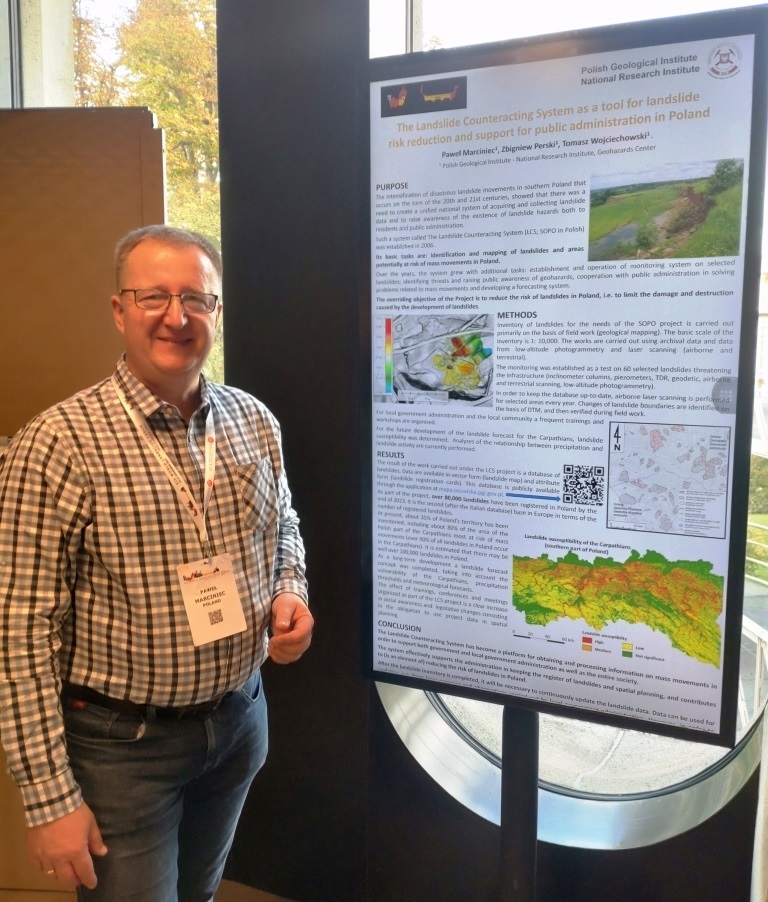
Paweł Marciniec with a poster describing the results of the SOPO project on risk reduction and support for public administration in Poland
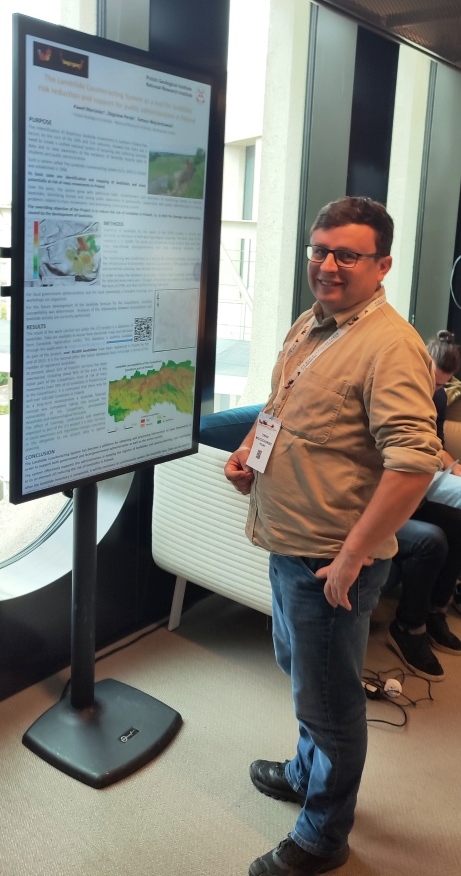
Tomasz Wojciechowski with poster
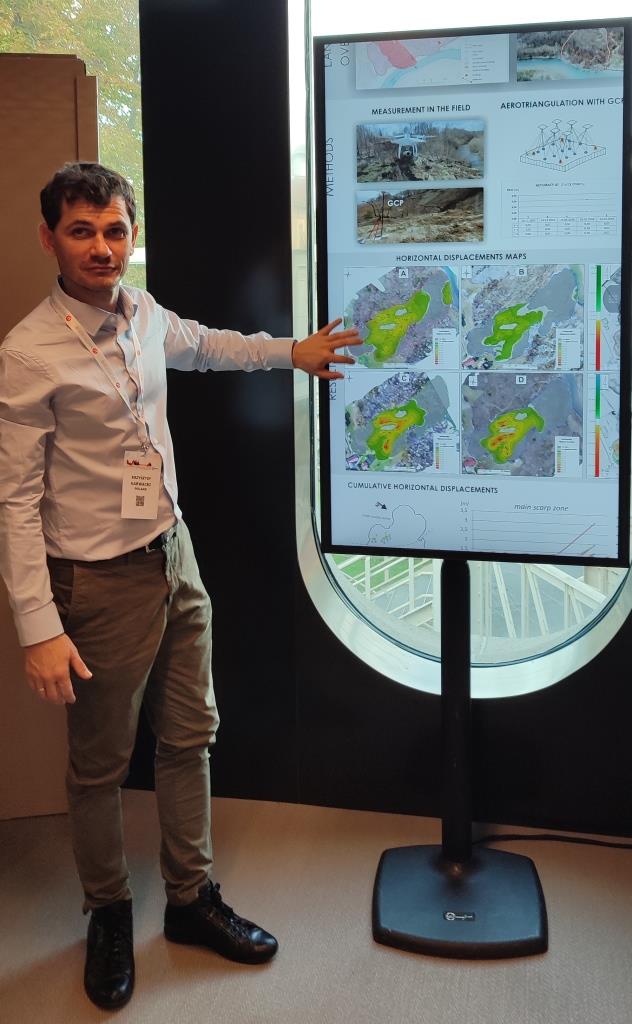
Krzysztof Karwacki showed off the results of photogrammetric analysis on landslides
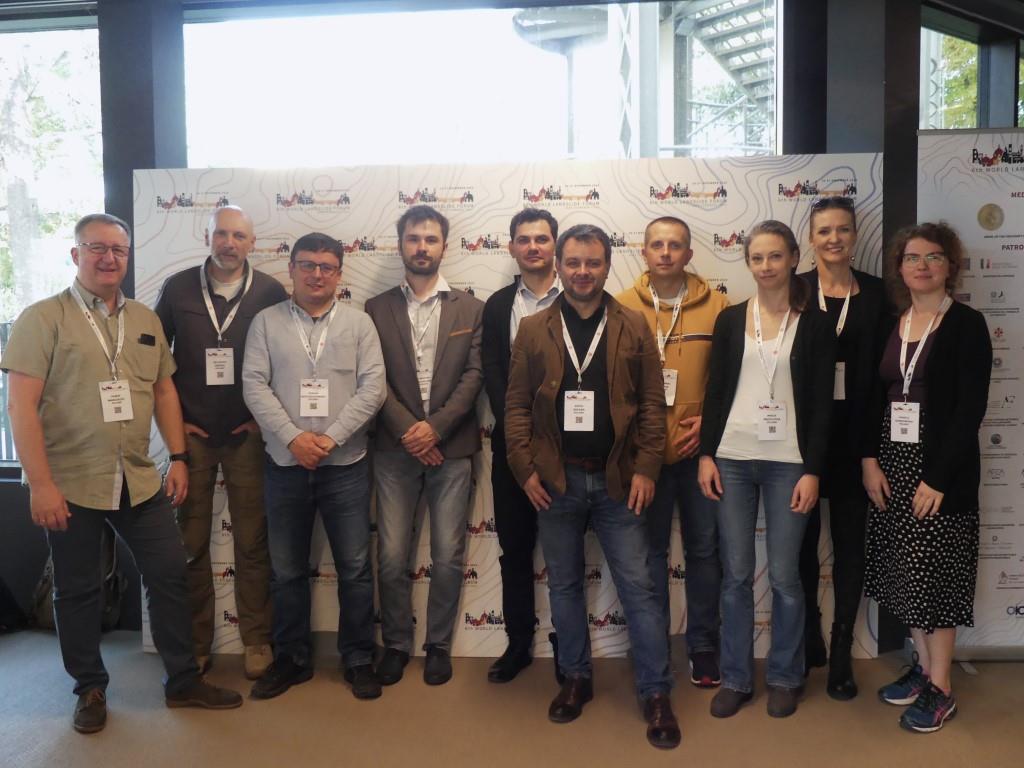
PGI-PIB Geohazards Team participating in the 6. World Landslide Forum
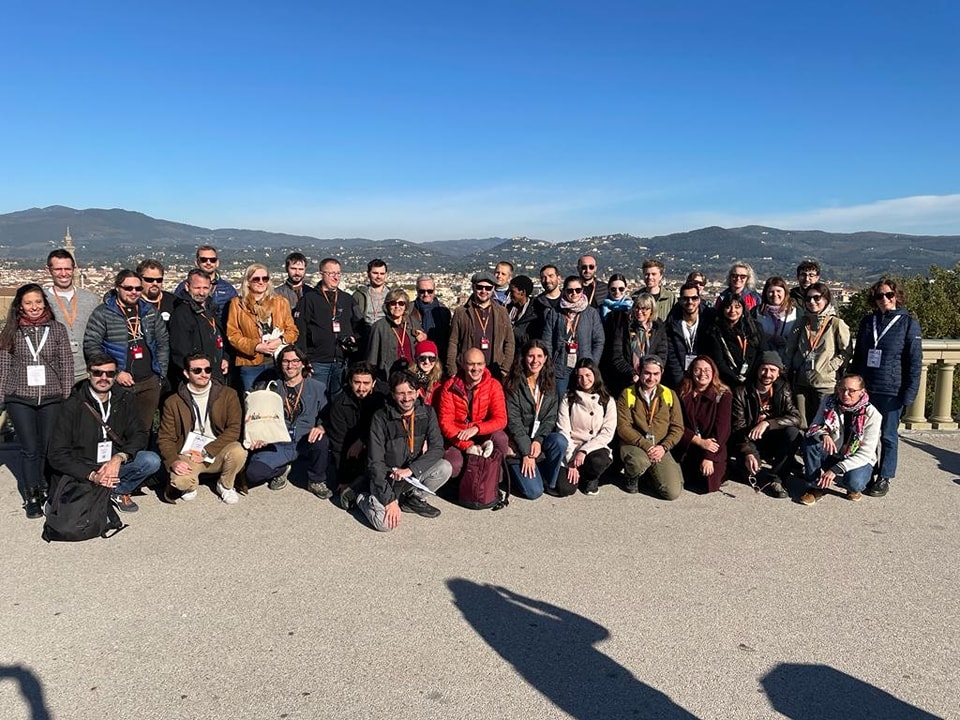
Participants in a field session on landslides and flooding in Florence
Text: Rafał Sikora, Maria Przyłucka
Photos: Paweł Marciniec, Rafał Sikora, Krzysztof Karwacki, Maria Przyłucka
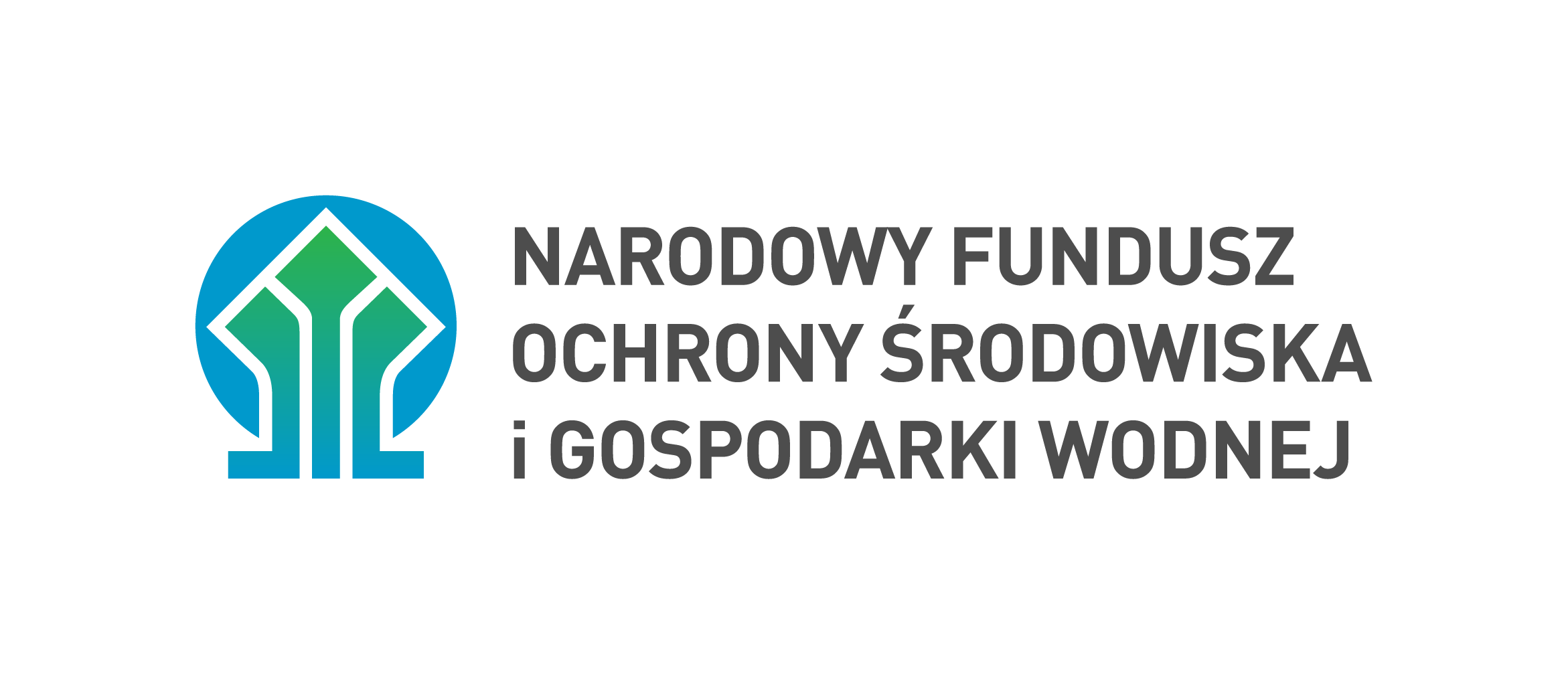
Udział pracowników Centrum Geozagrożeń PIG-PIB sfinansowany został ze środków Narodowego Funduszu Środowiska i Gospodarki Wodnej.














 PGI-NRI offer
PGI-NRI offer Mineral resources of Poland
Mineral resources of Poland  Oil and Gas in Poland
Oil and Gas in Poland 




 Subscribe to RSS Feed
Subscribe to RSS Feed